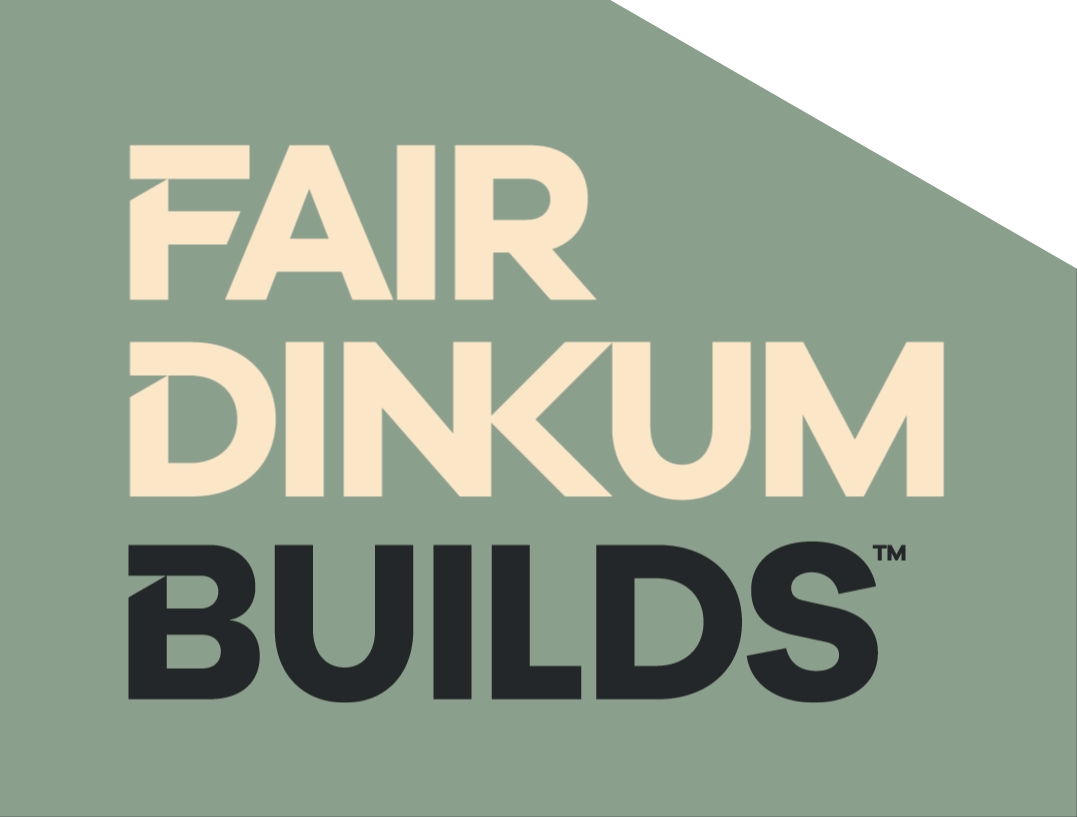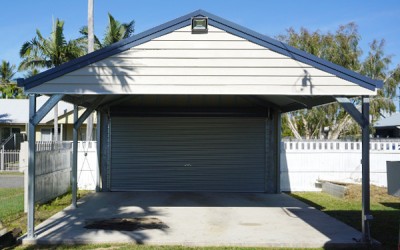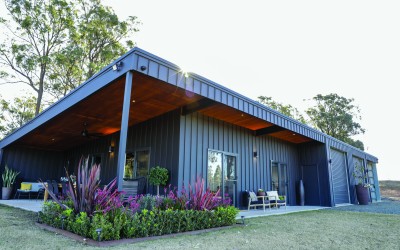
The great Aussie shed can be as unique as our DNA – a personal space used for so many different reasons.
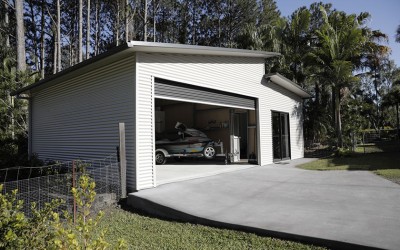
Increase the usability of your home and create a secure garage – either just for functional use, or to add an extra design feature to your home’s façade.

The Aussie barn – with its striking roofline – is the go-to for customers looking for the centre roof height of a barn, but without the drop of an American barn.

Whether you’re a self-storage facility, builder, owner, investor or buyer, we know self-storage.
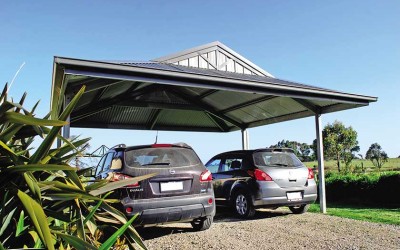
The carport is more than just a protected spot to park your car, it’s an Aussie icon.

The great entertainer – the Aussie patio. It’s not just a patio – it’s where you create memories to last a lifetime.
Hit enter to search or ESC to close
Do I Need Council Approval to Build a Shed in ACT?
26 March 2025
You might think that building a shed in the Australian Capital Territory (ACT) seems like a simple enough project, but have you ever stopped to consider whether or not you might need council approval before you start? That’s right; depending on the block size, the shed’s purpose, location, and even certain structural elements, there are various building laws and regulations that determine if your shed is exempt from developmental approval or if you need to go through the formal approval process.
This is often confusing to work out, especially if you’ve never had to deal with council approvals before. But don’t worry - we’re here to help! In this guide, we’ll walk you through the ACT’s building approval and development approval process, looking at the criteria for exemption and formal permissions and help make everything much easier to under.
Understanding Development Approval (DA) and Building Approval (BA)
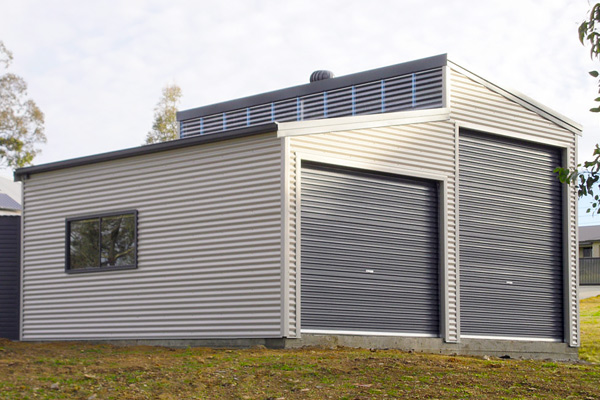
Before we get into the finer details, the first thing you need to understand is the difference between development approval and building approval. This is your first step in working out whether or not you’re going to need council approval for your shed project.
Development approval relates to how a structure affects land use and planning, and the ACT Government will assess whether a proposed development fits within the local council’s zoning and planning rules. Don’t be fooled into thinking this doesn’t apply to sheds, as even smaller structures can require development approval if they exceed certain size or placement limits.
Building approval, on the other hand, focuses on ensuring that the proposed construction complies with the Building Code of Australia and any other relevant standards for structural integrity and safety. This means that even if your shed is exempt from requiring Development Approval, it might still need building approval unless it meets specific exemption criteria.
Class 10a Structures
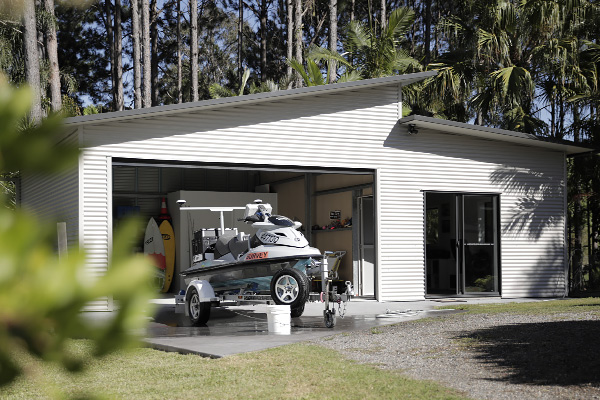
Another important thing to know when looking at sheds and whether they need DA or BA in the ACT is how they are classified under Australian building laws. Sheds, along with garages and carports, fall under the category of Class 10a structures in the National Construction Code (NCC).
This basically means it is a structure that is not designed for living in, and since they are not used for human habitation, they usually have fewer regulations than Class 1 buildings (residential homes). However, they must still comply with specific construction standards and placement rules, particularly regarding size, height, boundary setbacks, are more. Class 10a structures must also adhere to the Building Code of Australia (BCA), which ensures they are structurally sound and safe for use.
Criteria for Exemption from Development Approval or Building Approval
So, that’s the difference between DA and BA, and Class 10a structures explained. But what are the exemptions in place? A browse through the ACT Government’s website planning section will show you a full list of specific exemption criteria for all kinds of building work, but for sheds, we’ve put what you need to know below.
Development Approval
In the simplest language possible, your shed building project will not require development approval if:
-
It has a roof and walls on all sides, or at least three sides are enclosed.
-
It is no taller than 3m above ground level (or up to 5m if the roof stays within a 30° angle).
-
It doesn’t extend into the solar building envelope (an area that ensures adequate sunlight for neighbouring properties).
-
The size and placement of the shed follows these rules:
-
If it’s 10m² or smaller, it must be behind the building line.
-
If it’s larger than 10m², it must be behind the building line and at least 15m from the front boundary.
-
-
The maximum allowable shed size depends on the block size:
-
A block up to 500m² has a maximum shed size of 10m².
-
A block between 500m² and 600m² has a maximum shed size of 25m².
-
A block of 600² or more has a maximum shed size of 50m².
-
Note - block size refers to the total area of a parcel of land or property measured in square metres. If your shed meets all these requirements, you won’t need DA approval.
Building Approval
But what about building approval? Below, you’ll find what you need to know, again, in the simplest terms possible. Your shed building project is unlikely to need building approval if:
-
It isn’t more than 3m above ground level.
-
The floor level isn’t more than 1m above ground level.
-
The frame doesn’t have an unsupported span (including any cantilever) of more than 4m.
-
The roof (including a sail or sail-like element) plan area isn’t more than 25m².
-
The building follows all other general rules outlined in the DA exemptions listed above.
The Approval Process
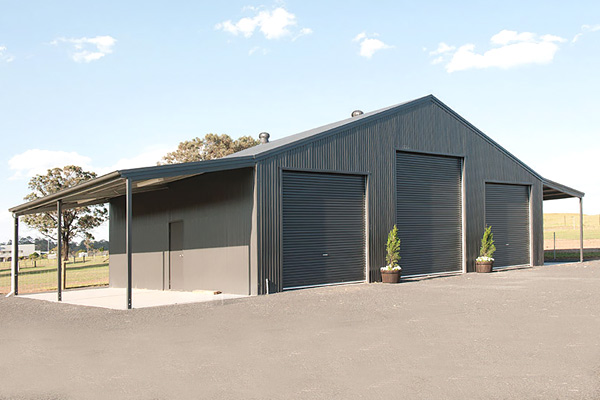
If your proposed shed does not meet the exemption criteria for either DA or BA, you’ll need to go through the formal approval process before beginning construction. This is something the team at Fair Dinkum Builds can help with as part of our shed design service, but to give you basic idea of what it entails, we’ve provided an overview of the process below.
How to Apply for Development Approval
Step 1: Prepare Your Documents
You’ll need to gather together a detailed site plan showing where the shed will be built on your property, as well as a floor plan and elevation plan that show the shed’s dimensions, height and design. Along with these, you’ll also need to prepare block information detailing the block size, boundaries, and any nearby structures.
Step 2: Submit Your Application to the ACT Planning and Land Authority
Once you’ve got all your necessary documents together, head over to the ACT Government eDevelopment Portal to submit your application. You will need to pay the required application fee before you can finalise the submission, the cost of which may vary depending on the scale and complexity of the proposed shed build.
Step 3: Public Notification and Assessment
Some applications require public notification, which basically means your neighbours will be officially informed about your proposed shed and have the chance to raise any concerns. During this phase, the ACT Government will also assess the shed’s compliance with zoning laws, environmental impact, and whether it fully meets DA approval criteria.
Step 4: Approval or Modification Request
If your application is approved, you will receive a Development Approval Certificate, which is essentially the green light to move onto the Building Approval stage. If your application is denied or there is a modification request, you may be asked to revise your plans to adjust the shed size, relocate it on your block, or address any fire safety concerns before reapplying.
How to Apply for Building Approval
Step 1: Engage a Licensed Building Certifier
In the ACT, only a registered building certifier can approve construction plans and ensure compliance with the Building Code of Australia, so you’ll need to engage one as your first step. The certifier will then review your shed plans, check engineering requirements, and assess fire safety compliance.
Step 2: Submit a BA Application
After reviewing everything, your certifier will then lodge the application on your behalf with the ACT Government. This application will include engineering drawings (if required), construction plans detailing materials, dimensions, and fire-resistant features, and it will be submitted alongside all relevant site compliance documents.
Step 3: Approval
If your application is approved, you will receive a Building Permit, which allows you to begin construction.
Final Inspections and Certification
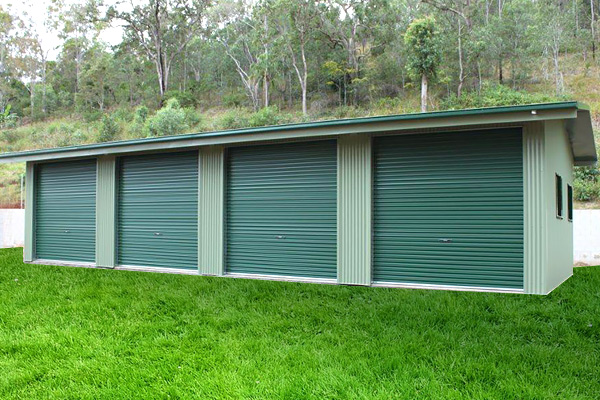
The approval process doesn’t necessarily end with permits, and once your shed is built, a final inspection may be required to ensure it complies with your approved plans. If everything is in order, your building certifier will issue a Final Completion Certificate, and you’re free to enjoy your brand-new shed!
Final Thoughts
Hopefully, this guide has made everything a bit clearer when it comes to working out if you need council approval to build a shed in the ACT. The main thing to remember is that it really depends on various factors, including your block size, the shed’s dimensions, and its location on your property. But, by carefully reviewing the exemption criteria and consulting with professionals, it’s easier to get ahead of the game and potentially avoid the hassle of approvals altogether.
To make things even easier, the expert team at Fair Dinkum Builds can work with you to not only design your dream shed (see what’s possible with our Shed Designer App) but also handle any necessary council approvals on your behalf. Reach out to us today, and let us help get your shed-building project started!
